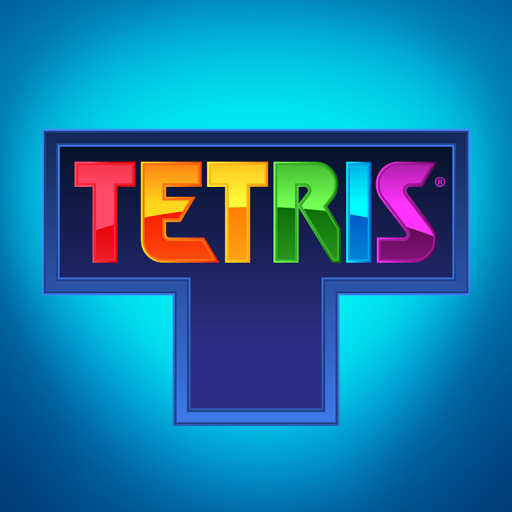
Stacking blocks with a height of three or more also increases the difficulty of flattening out.

It’s impossible to fill in a hole three or more deep with anything other than an I-shaped piece. A general rule: Never stack pieces more than two blocks high or create a hole more than two blocks deep. A flat playing field means you have more options to place pieces down. Playing flat means dropping pieces in a way that will create the flattest top row of pieces. One of the first strategies that Neubauer suggests is “playing flat.” If you’re struggling at Tetris, master these skills first.

There are several beginner strategies worth learning to build a strong foundation. That takes practice and familiarity with arranging blocks, but there are some basic guidelines to keep in mind and help make things easier. If you’ve played Tetris, you know it’s difficult to neatly stack your pieces evenly.

Most versions of Tetris after 2006’s Tetris DS use a similar scoring chart, however other versions of Tetris vary. However, if you’re playing a competitive version of the game, like Tetris 99, then your goal should be sending the most amount of garbage lines to your opponent by clearing your own lines quickly. Scoring a Tetris should be one of your primary goals because it results in the highest amount of points. Then, you will need to place the I-shaped piece - the only piece that is four blocks high - into that empty space. To do that, you need a completely filled in 9x4 area of space with one column empty.
Best way to play tetris on mac emulator how to#
The first strategy to learn is how to score a Tetris, which happens when you clear four lines at once. You not only gain more points for clearing lines at higher speeds, but you can also get more points by using the soft and hard drops. Pressing up results in a hard drop, which instantly places the piece below its current position. Pressing down allows you to soft drop, which speeds up the current pace of your falling tetromino. You can also manually drop your blocks faster, regardless of the game’s speed. Also the better you play, the faster the blocks drop. It makes the game infinitely replayable because the order radically changes what you can do next. The order in which you receive blocks is completely random. When a line is filled with blocks, all those lines clear Arika/Nintendo via Polygon To better understand how to do that, it helps to know the game’s basic mechanics. To play longer and get higher scores, you need to creatively stack your blocks and remove as many lines as possible with each piece you lay down. If you run out of space and can no longer place any more tetrominoes, you top out and the game is over. To do that, you need to fill an entire line horizontally with blocks, causing those lines to disappear and giving you more space to stack. Your goal is to continually stack tetrominoes and clear lines as long as you can. The Tetris playing field is a 10x20 grid. Tetris foundations: What you need to know first But before you get started, it’s time to set up your foundations. Once you’ve familiarized yourself with these factors, you’ll need to practice, practice, practice. The key to mastering any version of Tetris lies in a few areas: creating foundational knowledge for how Tetris works, learning the basic strategy behind good Tetris play, and practicing advanced strategies to become better.

We spoke with Jonas Neubauer, seven-time winner of the Classic Tetris World Championship, to help you get your skills in order. Unless you’re a Tetris champion, this journey has probably been a difficult one for you.
Best way to play tetris on mac emulator Pc#
Whether you first started playing the game on your IBM PC in 1987, 2018’s dazzling Tetris Effect, or the battle royale-esque Tetris 99 you’ve likely spent hours trying to master how to get all of the game’s blocks, or tetrominoes, in place. Tetris has epitomized the “easy to learn difficult to master” design principle for over 30 years.


 0 kommentar(er)
0 kommentar(er)
